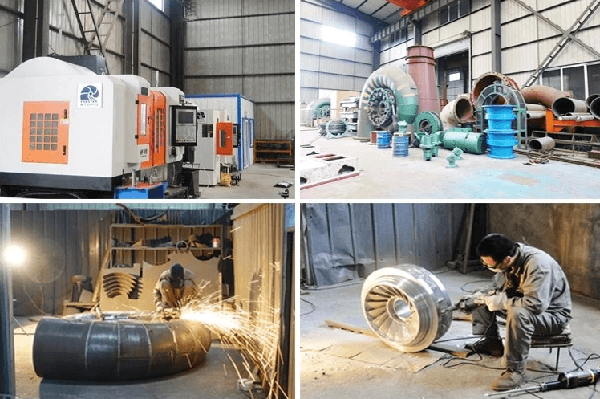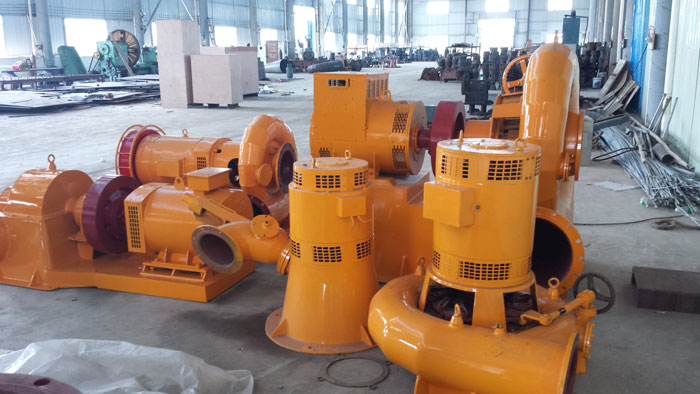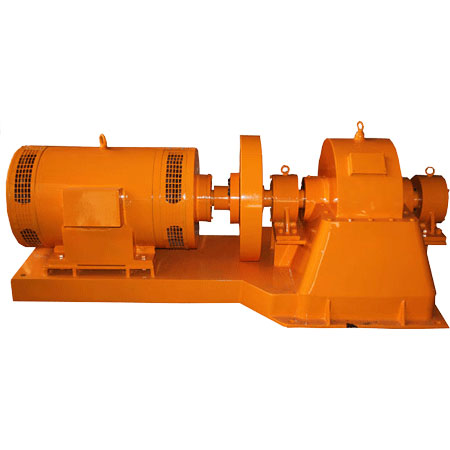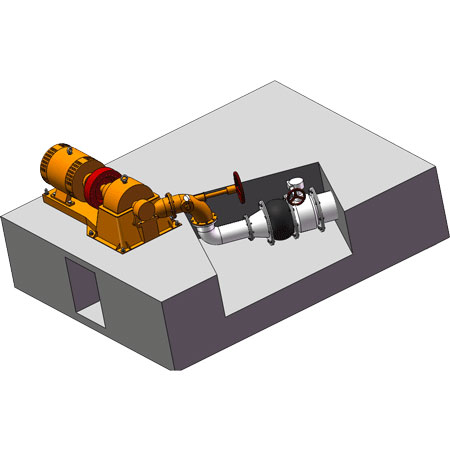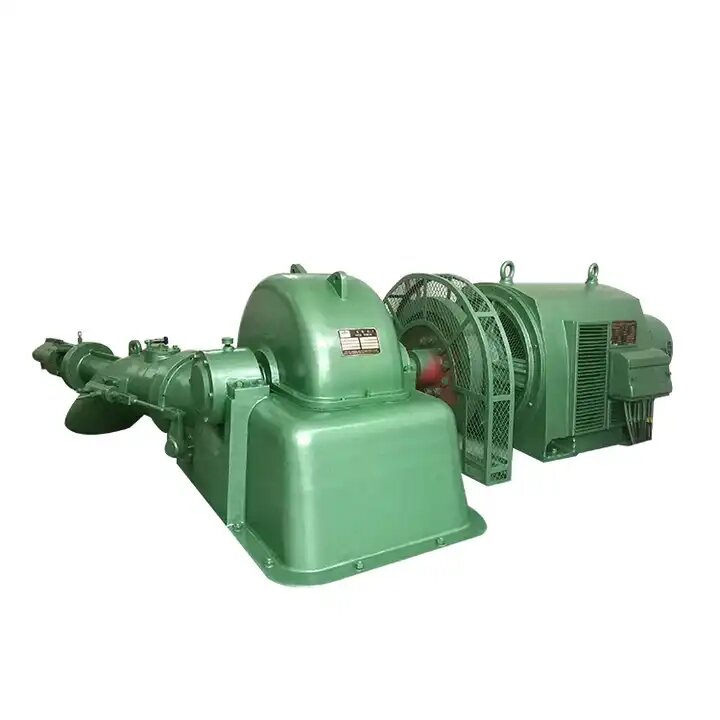Buying Guide: Turgo Turbine Small Hydro China
Here are some of the advantages of micro hydro generators:
Renewable Energy Source: Micro hydro generators use the energy of flowing water to generate electricity, making them a
renewable and sustainable energy source.
Reliability: Micro hydro generators are a reliable source of energy, as they can generate electricity 24 hours a day, 7
days a week, as long as the water is flowing.
High Efficiency: Micro hydro generators have high conversion efficiencies, converting as much as 90% of the energy in the
water into usable electricity.
Low Maintenance: Micro hydro generators have few moving parts, making them relatively low-maintenance compared to other
renewable energy systems.
Cost Effective: Micro hydro generators can be cost-effective, especially when compared to other renewable energy sources
like solar and wind, as they can generate more power per unit of capacity.
Versatility: Micro hydro generators can be used in a variety of applications, from powering remote communities to providing
energy for irrigation systems.
Environmentally Friendly: Micro hydro generators produce no greenhouse gases, making them an environmentally friendly
alternative to fossil fuel-based power generation.
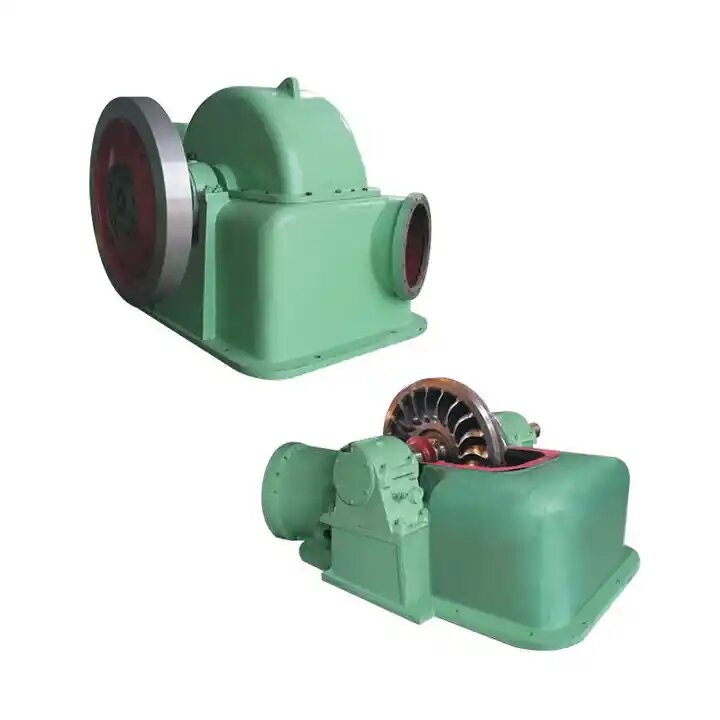
Turgo Turbine vs Pelton Wheel
Turgo and Pelton turbines are two types of hydro turbines used to generate electricity from flowing water. Both have their own advantages and disadvantages, and the choice between the two depends on specific application requirements. Here are some of the key differences between Turgo and Pelton turbines:
Flow rate: Turgo turbines are designed to operate with higher flow rates and lower head (the difference in water height between the intake and discharge) compared to Pelton turbines, which operate with lower flow rates and higher head.
Speed: Turgo turbines have a higher rotor speed compared to Pelton turbines, which results in a more compact design and improved efficiency.
Blade design: Pelton turbines have flat, spoon-shaped blades, while Turgo turbines have curved, turbine-style blades. The shape of the blades affects the turbine’s efficiency and the type of flow it can handle.
Ease of maintenance: Pelton turbines are generally easier to maintain than Turgo turbines due to their simple design and fewer moving parts.
Cost: Turgo turbines are generally less expensive than Pelton turbines due to their simpler design and lower material requirements.
Efficiency: Both Turgo and Pelton turbines are highly efficient, but the exact efficiency depends on the specific design and operating conditions. In general, Pelton turbines have a slightly higher efficiency at high-head sites, while Turgo turbines have a higher efficiency at low to medium-head sites.
The choice between Turgo and Pelton turbines depends on the specific site conditions, such as head, flow rate, and available water resources. A hydraulic analysis of the site is usually necessary to determine the most appropriate turbine type.
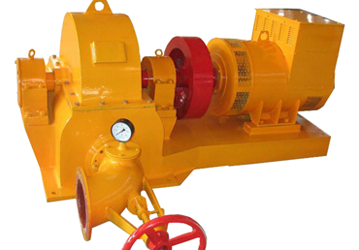
Turgo Turbine Efficiency
The efficiency of a Turgo turbine is dependent on several factors, including the design of the turbine, the operating conditions, and the specific site conditions. On average, Turgo turbines have an efficiency range of 80-85%, meaning that 80-85% of the potential energy of the water is converted into useful mechanical energy.
The Turgo turbine’s efficiency can be improved through careful design, optimizing the blade shape, runner diameter, and runner speed, and ensuring that the turbine operates within its optimal flow and head range. Proper maintenance and regular inspections can also help to maintain high efficiency over time.
It’s worth noting that the efficiency of a Turgo turbine can be affected by various factors such as wear and tear, changes in water flow, and the presence of debris in the water, which can lead to reduced efficiency and reduced power output over time. Regular monitoring and maintenance can help to maintain the efficiency of a Turgo turbine and ensure that it continues to operate effectively.
You can find a wide range of hydro energy equipment Turgo turbines from Suneco hydro. You can also contact hydro generator manufacturers and suppliers of hydro energy equipment directly from Suneco to inquire about Turgo turbine offerings. When considering a Turgo turbine for sale, it’s important to consider factors such as the turbine’s specifications, the site conditions and requirements, and the vendor’s reputation and experience.
How Much Does a Turbine Cost
The cost of a turbine varies greatly depending on several factors, including the type of turbine, the size and capacity of the turbine, the manufacturer, the materials used, and the location where the turbine will be installed. Some other factors that can affect the cost of a turbine include the complexity of the installation, the type of foundation required, and any additional equipment or components that may be required.
As a rough estimate, a small, residential-scale turbine can cost anywhere from a few thousand dollars to tens of thousands of dollars. On the other hand, large-scale, commercial turbines can cost hundreds of thousands or even millions of dollars, depending on their size, capacity, and other specifications.
It’s important to note that the cost of a turbine is just one aspect to consider when evaluating the overall investment in a hydro energy project. Other costs, such as the cost of installation, operation, and maintenance, should also be taken into account. Additionally, the long-term benefits and financial returns of the project, such as energy savings and revenue from selling excess power, should also be considered when evaluating the overall cost of a turbine.
